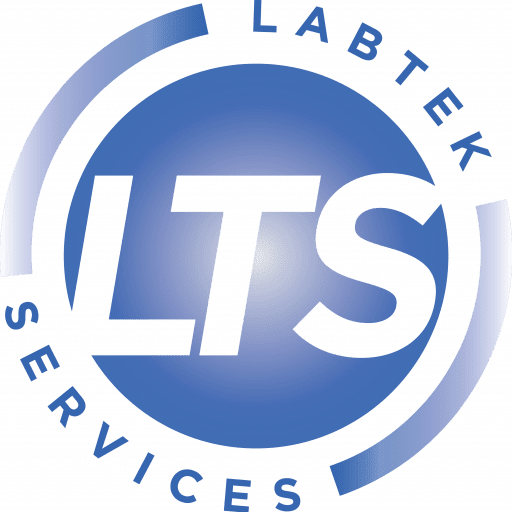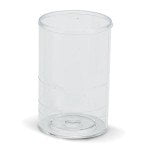Description
Wine Acidity – Mini Titrator HI-84502-02
Straightforward and easy to use, the Hanna automatic mini titrator for total wine acidity offers affordable analysis for wine testing.
Offering an ideal solution for testing the total acidity in wine production, the HI-84502-02 mini titrator allows samples to be taken and measured for total acidity and pH throughout the production process.
Total acidity in wine affects its colour and its flavour. Too much acidity will make the wine tart and sharp while too little will make it flat. Accurate analysis throughout the production process will help to ensure that optimum acidity levels can be achieved depending on the grape variety, growing conditions and style of wine desired.
In a few seconds, this high specification mini titrator eliminates subjective factors from the measurement including colour indicators, errors in mathematical calculations or erratic titrant additions.
Acidity in Wine Products
Main benefits- Wine Acidity Mini Titrator
- Highly developed titrant delivery system – low cost mini titrator
- Dedicated analysis for total acidity in wine
- Easy to use
- Results displayed in g/L as tartaric acid
- Piston driven pump with dynamic dosing
- Automatic stirrer speed control
- CAL Check™
- pH/mV meter
- Log on demand
- Graphic mode/exportable data
- GLP feature
- pH Electrode
Specifications
| Range | Low range: 0.1 to 5.0g/L of tartaric acid; High range: 4.0 to 25.0g/L of tartaric acid | |
| Resolution | 0.1g/L | |
| Accuracy | 3% of reading or +/-0.1 g/L, whichever is greater | |
| Sample volume | Low range: 10 mL; High range: 2mL | |
| Methods | Acid base titration | |
| Principle | Endpoint titration: 8.20pH | |
| Pump Speed | 10mL/min | |
| Stirring Speed | 600rpm | |
| pH range | 0.0 to 14.0pH low range; 0.00 to 14.00pH high range | |
| pH Resolution | 0.1 pH/0.01pH | |
| pH Accuracy (@25°C | +/-0.01 pH | |
| pH Calibration | One, two, or three-point calibration, four available buffers (4.01, 7.01, 8.20, 10.01) | |
| pH Temperature Compensation | Manual or automatic | |
| mV Range | -2000.0 to 2000.0mV | |
| mV Resolution | 0.1 mV | |
| mV Accuracy (@25°C/77°F) | +/-1.0mV | |
| Temperature Range | -20.0 to 120.0°C, -4.0 to 248.0°F; 253.2 to 393.2K | |
| Temperature Resolution | 0.1°C; 0.1°F; 0.1K | |
| Temperature Accuracy (@25°C/77°F) | +/-0.4°C; +/-0.8°F; +/-0.4 K | |
| Logging Data | Up to 400 (200 titrations, 200pH/mV readings) | |
| Electrode | HI-1048B glass body pH electrode with BNC connector and 1m (3.3 feet) cable included | |
| Temperature Probe | HI-7662-T stainless steel temperature probe with 1m (3.3 feet) cable included | |
| Environment | 0 to 50°C (32 to 122°F); RH max 95% non-condensing | |
| Power Supply | 12 VDC adapter included | |
| Dimensions | 235 x 200 x 150mm (9.2 x 7.9 x 5.9 inches) | |
| Weight | 1.9kg (67.0 oz) |
Ordering information: HI-84502 is supplied with HI-1048B pH electrode, HI-7662-T temperature probe, HI-7082electrode fill solution (30 mL), HI-84502-50 (230 mL) titration solution, HI-84502-55 pump calibration standard (120 mL), 100 mL beakers (2), dosing pump valve, 2000 μL automatic pipette with plastic tips (2), 5 mL syringe, 1 mL plastic pipette, tube set (aspiration tube with titrant bottle cap and dispensing tube with tip), stir bar, cleaning solution sachets for wine deposits, cleaning solution sachets for wine stains (2), 12 VDC adapter and instruction manual.




